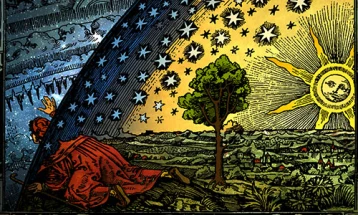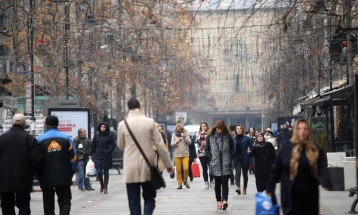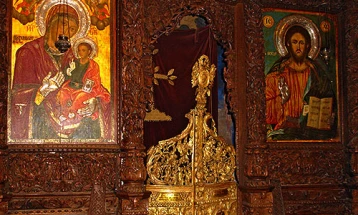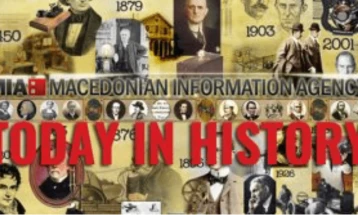Religious calendars
- 18 November 2024 (MIA)
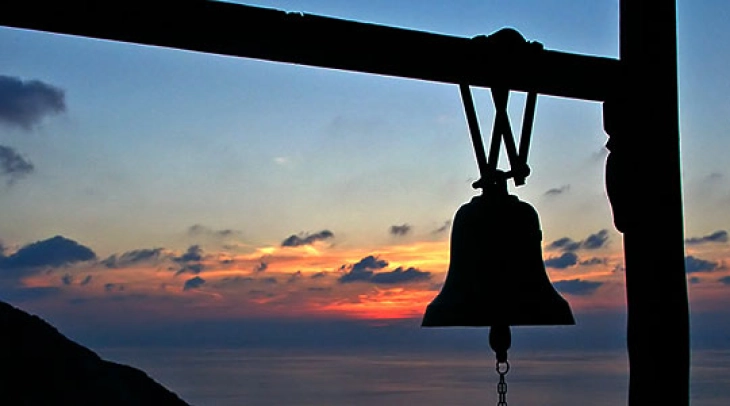
18 November 2024 (MIA)
Macedonian Orthodox Church Calendar
Our Holy Father Galaction and our Mother Episteme, Martyrs
They were born in the city of Edessa in Phoenicia, both of pagan parents. Galaction’s mother was barren until she was baptized. After her baptism, she brought her husband also to the true Faith and baptized her son Galaction, bringing him up a Christian. When the time came for Galaction to marry, his devout mother Leucippe died, and his father betrothed him to a maiden called Episteme.
Galaction did not wish to enter into marriage at all, and he quickly urged Episteme to be baptized and then to become a nun at the same time as he became a monk. Both went away to the mountain of Publion, Galaction to a men’s monastery and Episteme to a women’s, and each of them became a true light in the monastery. They were first in labors, in prayer, in humility and obedience, and first in love. They did not leave their monasteries, and neither saw the other until the time of their death.
A fierce persecution arose, and they were both brought to trial. While they were mercilessly whipping Galaction, Episteme was weeping, and they then whipped her also. They cut off their hands and feet, and finally their heads. One Eutolius, a man who had been a servant of Episteme’s parents and then a monk together with Galaction, took their bodies and buried them. He also wrote the Lives of these two wonderful martyrs for Christ, who suffered and received their heavenly crowns in 253.
Catholic Calendar
Feast of Basilicas of Sts. Peter & Paul
Like St. John Lateran Basilica, the dedication of the Basilica of St. Peter’s and the Basilica of St. Paul’s dates back to the time of the Emperor Constantine. He had begun the construction of this Basilica after building the Lateran Basilica. After Constantine’s death his son’s completed the work as well as the work of St. Paul’s Basilica which is today Saint Paul Outside the Walls St. Peter’s was built over a pagan cemetery which had become a burial place for Christians including Saint Peter himself which was confirmed in 1950 by Pope Pius XII when he announced they had discovered the tomb of St. Peter. This had been surmised since the year 200 when Caius a priest had related in documents that Peter’s relics were on Vatican Hill and the remains of Saint Paul could be found buried along the Ostian Way.
Today the Tomb of St. Peter lies in a glass-encased vault deep below the main altar of St. Peter’s Basilica and can be viewed by visitors. It is a symbol of the oneness, universality, and apostolic succession of the Church. The present basilica was begun by Pope Nicholas V forty years before Christopher Columbus discovered the New World. The initial plan of the great basilica was a Greek cross, projected by master architect Donato Bramante but was finished in the configuration of a Latin cross by the great Italian artist Raphael Santi around the turn of the 16th century. In 1568, Pope Saint Pius V decreed the dedication of both these basilicas be celebrated on November 9th throughout the universal Church. In the late 1580’s Pope Sixtus V completed the magnificent dome of St. Peter’s Basilica designed by Michelangelo and installed in St. Peter’s Square the Egyptian obelisk, originally brought to Rome from Africa by the Emperor Caligula.
